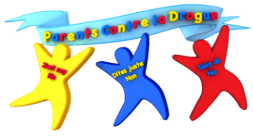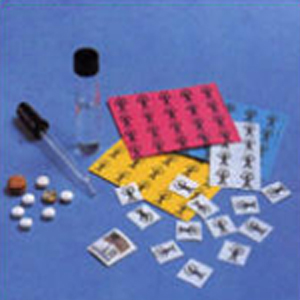LSD
can
take the form of tablet, of different colors, of
little blotter pieces, transparent liquid,
capsules
and little squares of gelatin.
LSD is taken
orally, often is a little
piece of paper that we eat,
but it can also be inhaled
or injected. It passes
easily unnoticed in
beverages or food. It can
also be used in the eyes.
LSD begins to make
effect in about 30 to 40
minutes and can last from 4
to 24 hours.



